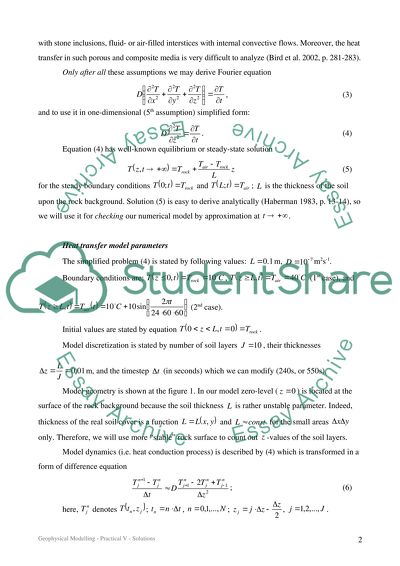Cite this document
(Geophysical Modelling Math Problem Example | Topics and Well Written Essays - 1500 words, n.d.)
Geophysical Modelling Math Problem Example | Topics and Well Written Essays - 1500 words. https://studentshare.org/geography/1530141-geophysical-modelling
Geophysical Modelling Math Problem Example | Topics and Well Written Essays - 1500 words. https://studentshare.org/geography/1530141-geophysical-modelling
(Geophysical Modelling Math Problem Example | Topics and Well Written Essays - 1500 Words)
Geophysical Modelling Math Problem Example | Topics and Well Written Essays - 1500 Words. https://studentshare.org/geography/1530141-geophysical-modelling.
Geophysical Modelling Math Problem Example | Topics and Well Written Essays - 1500 Words. https://studentshare.org/geography/1530141-geophysical-modelling.
“Geophysical Modelling Math Problem Example | Topics and Well Written Essays - 1500 Words”. https://studentshare.org/geography/1530141-geophysical-modelling.


